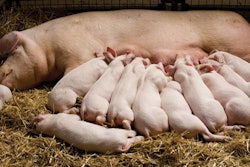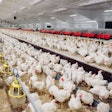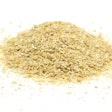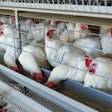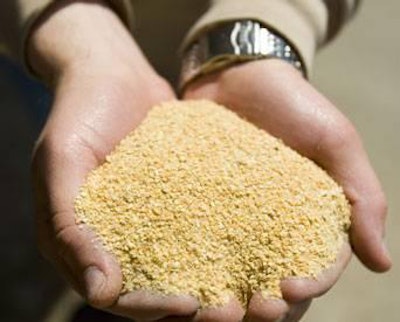
Replacing one protein for another cannot and should not happen, especially in monogastrics
I recently had an interesting inquiry regarding replacing one protein source with another. I was asked whether we could replace soybean meal (the standard source) with an imported one – in this instance, rapeseed meal. This is not an unusual inquiry for any nutritionist.
My first reaction was to ask immediately where this rapeseed meal was coming from. Just like soybean meal, any protein source can have distinct features depending on the country of origin. In my opinion, this is a good starting point because today there is enough knowledge to have a general idea of the quality based on this criterion alone. In this case, the rapeseed meal was from Australia.
Now, this answer had me thinking. Had it been from Canada (canola) I would have been very liberal in my recommendations. On the other hand, if it was European (from biodiesel) in origin, I would be more conservative. The reason being hybrids used for biodiesel may contain more anti-nutritional factors than we nutritionists, like.
However, the basic question I was asked was how many kilograms of rapeseed meal could replace so many kilograms of soybean meal, given the protein levels of both are known.
Stop the presses right here!
This cannot and should not happen, especially in monogastrics. We do it in ruminants, and this is already being criticized, but in monogastrics, formulating on crude protein alone is nutrition of the century long past. Today, we must rebalance the whole diet based on digestible amino acids (for simplicity, I will ignore the rest of the nutrients and energy levels).
This inquiry was the perfect example for this discussion because the animal feed in question was for egg layers. We all know these animals are very sensitive to methionine intake. Small differences in digestible methionine intake can greatly affect egg weight (up or down). So, with soybean meal and rapeseed meal having different total levels of methionine (and cysteine, as these two go together) and different digestibility coefficients for all amino acids, it would have resulted in a feed with a different profile of digestible amino acids. So, replacement on protein alone may have cost my client (a feed mill) a client (an egg producer) or two, in case the new (complete) feed was not properly rebalanced.
And, this is the main problem with novel sources (of anything). They can often replace standard ingredients with which one is comfortable using, but a qualified nutritionist is needed for such an exercise. And, digestible amino acids are just the tip of the iceberg, as there are many more issues a nutritionist will have to take into account.


